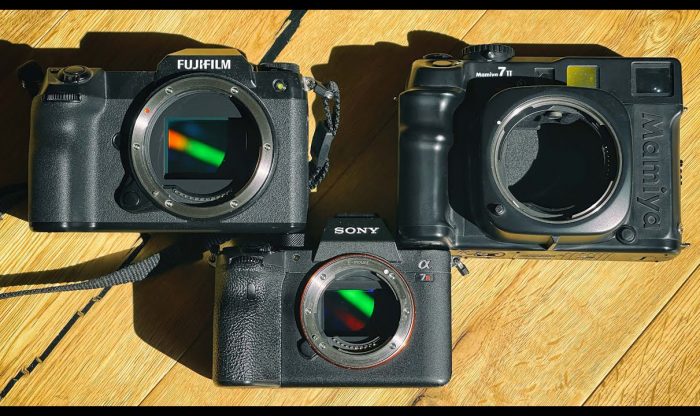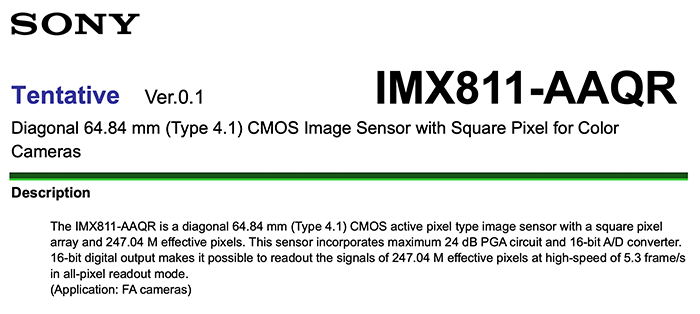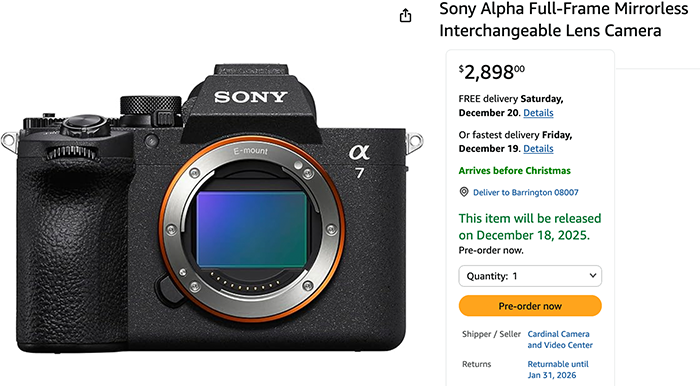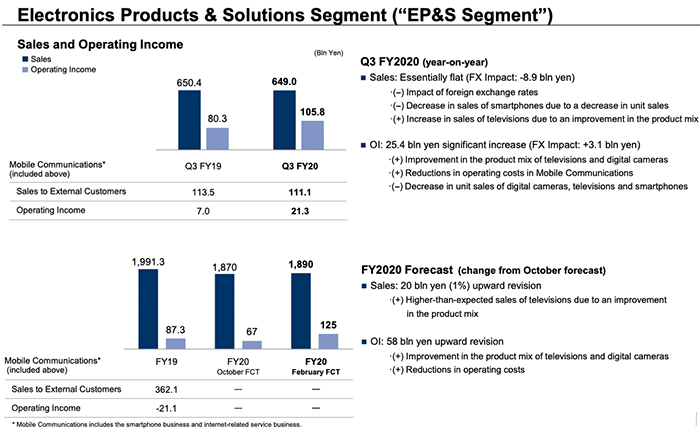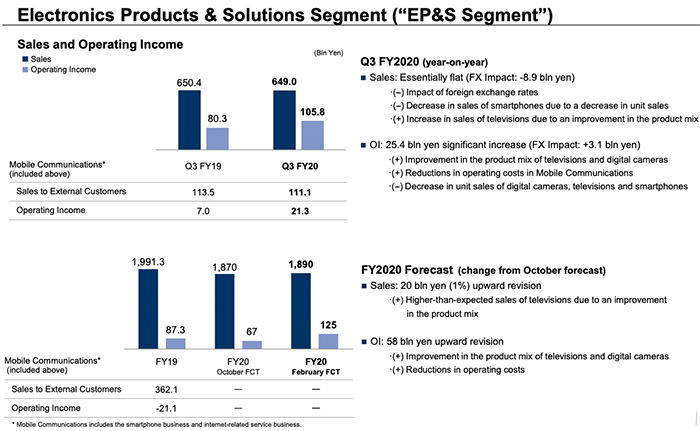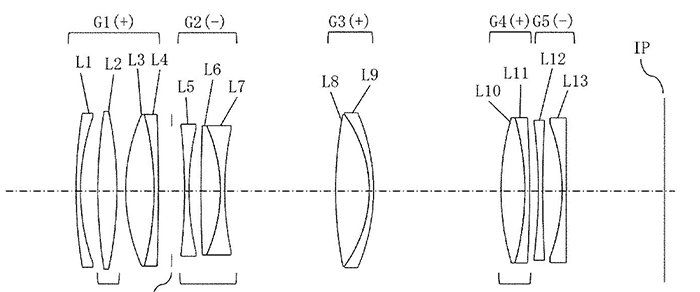POLL: Sony will announce five cameras in the next couple of months. Let us know which cameras you hope to get!
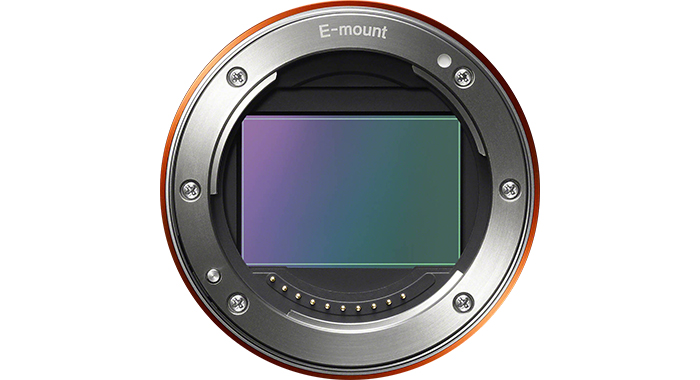
Fact is that Sony registered five cameras in Asia. Some of those might be camcorder or drone cameras for the new Airpeak system. Now let us know:
I will let you know my choices:
- Sony medium format. Yes I like the new Fuji GFX100s and think Sony should do the same
- Sony A7IV. It’s about time Sony!
- Sony A7000. Always thought a High End APS-C camera makes sense
- Sony A5. A $999 would be the killer.
- Sony RX curved sensor camera. At last something really new!
